Could Utilizing DNA Repair Mechanisms Be an Option in Cancer Treatment?
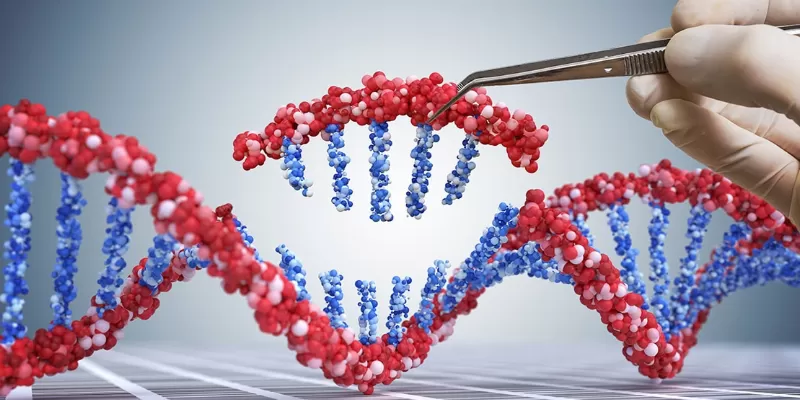
28 August 2023
The intricacies of DNA damage and repair, fundamental in the fight against cancer, are being explored further, revealing previously unknown complexities and novel therapeutic avenues. Scientists have recently made groundbreaking discoveries in the field, particularly concerning cancers deficient in homologous recombination (HR), a key DNA repair system.
DNA damage, resulting from factors like toxins or radiation, is continuously repaired by human cells to prevent mutations leading to cancer. Most cells use a mechanism called homologous recombination (HR) involving proteins BRCA1 and BRCA2. However, malfunctioning BRCA genes have been linked to breast, ovarian, pancreatic, and prostate cancers. Using advanced genome sequencing techniques, researchers have identified a unique class of rearrangements called 'reciprocal pairs' in these cancers. This breakthrough may offer a deeper understanding of the genetic anomalies and potential therapeutic strategies against such cancers.
A team led by Dr. Marcin Imieliński of NYU Langone Health's Perlmutter Cancer Center and Dr. Simon Powell of Memorial Sloan Kettering Cancer Center utilized "genome graph" techniques. Their research, detailed in the esteemed journal Nature, delves into the mysterious "scars" found in HR-deficient cancers. Such scars have subtle impacts on the DNA sequence, which remained largely invisible under traditional analysis. But, with the advent of this innovative technique, large-scale structural DNA changes have become discernible, offering invaluable insights into cancer cell behavior.
The HR mechanism is vital in repairing DNA damage, with proteins like BRCA1 and BRCA2 central to this function. However, those harboring malfunctioning BRCA genes face a heightened risk of developing specific cancers, including breast, ovarian, pancreatic, and prostate. In the absence of effective HR, alternate repair processes leave identifiable scars, resulting in specific mutation patterns. Such scars aren't mere markings but hint at the cellular mechanisms at play.
Dr. Imieliński remarked, "The long molecules tell us that these scars come from two backup repair mechanisms—homology-independent replication restart and single-strand annealing—that may keep HR-deficient cancer cells alive."
Researchers are primarily intrigued by these scars because they can help identify patients with HR-deficient cancers. Such patients can be candidates for targeted therapies that exploit these vulnerabilities in their cancer cells.
Furthermore, the team identified a novel scar type termed "reciprocal pairs," characteristic of HR-deficiency. By analyzing thousands of cancer genomes, they established that these scars are indicative of specific chromosomal changes, which were previously enigmatic but are now visible via microscopy. The implications of this are profound, as these chromosomal changes offer deeper insights into the biology of HR-deficient cells.
Their data from genome-wide somatic alteration patterns suggests that certain mutational patterns could highlight error-prone repair mechanisms used by cells lacking HR. Such patterns could act as biomarkers, pointing towards specific therapeutic vulnerabilities. The methodology applied by the researchers relies on whole-genome sequencing (WGS), a technique once considered expensive but is now becoming more accessible. The scientists posit that the decreasing costs of WGS could soon make their technique a practical solution in identifying HR-deficient patients, offering them tailored therapies.
Resources and references:
Long-molecule scars of backup DNA repair in BRCA1- and BRCA2-deficient cancers
Abstract: Homologous recombination (HR) deficiency is associated with DNA rearrangements and cytogenetic aberrations1. Paradoxically, the types of DNA rearrangements that are specifically associated with HR-deficient cancers only minimally affect chromosomal structure2. Here, to address this apparent contradiction, we combined genome-graph analysis of short-read whole-genome sequencing (WGS) profiles across thousands of tumours with deep linked-read WGS of 46 BRCA1- or BRCA2-mutant breast cancers. These data revealed a distinct class of HR-deficiency-enriched rearrangements called reciprocal pairs. Linked-read WGS showed that reciprocal pairs with identical rearrangement orientations gave rise to one of two distinct chromosomal outcomes, distinguishable only with long-molecule data. Whereas one (cis) outcome corresponded to the copying and pasting of a small segment to a distant site, a second (trans) outcome was a quasi-balanced translocation or multi-megabase inversion with substantial (10 kb) duplications at each junction. We propose an HR-independent replication-restart repair mechanism to explain the full spectrum of reciprocal pair outcomes. Linked-read WGS also identified single-strand annealing as a repair pathway that is specific to BRCA2 deficiency in human cancers. Integrating these features in a classifier improved discrimination between BRCA1- and BRCA2-deficient genomes. In conclusion, our data reveal classes of rearrangements that are specific to BRCA1 or BRCA2 deficiency as a source of cytogenetic aberrations in HR-deficient cells.

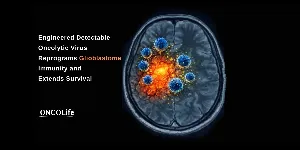


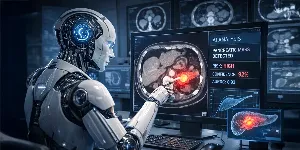
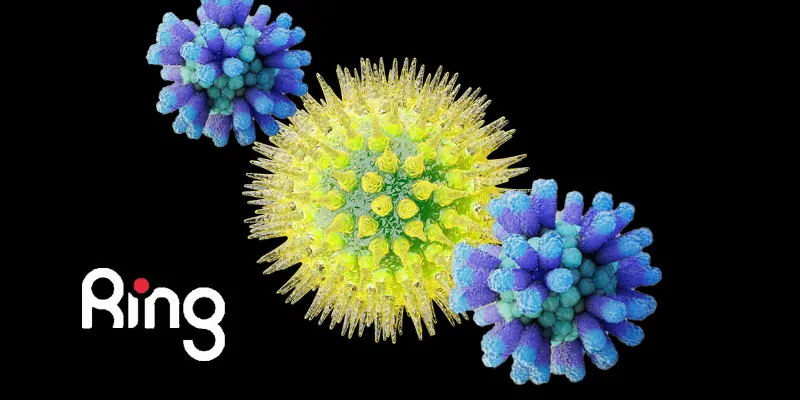
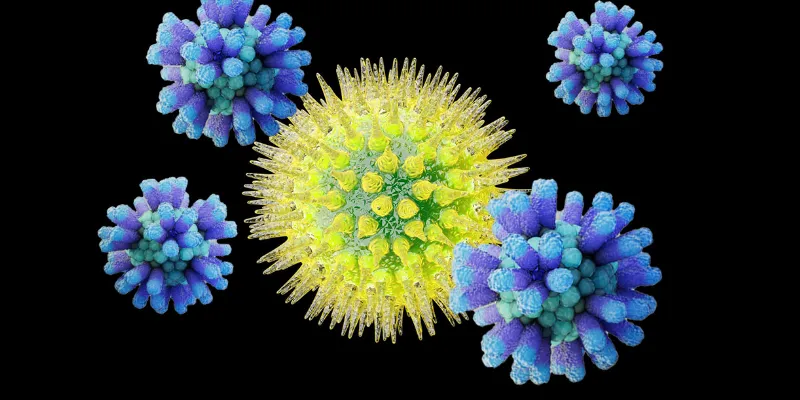
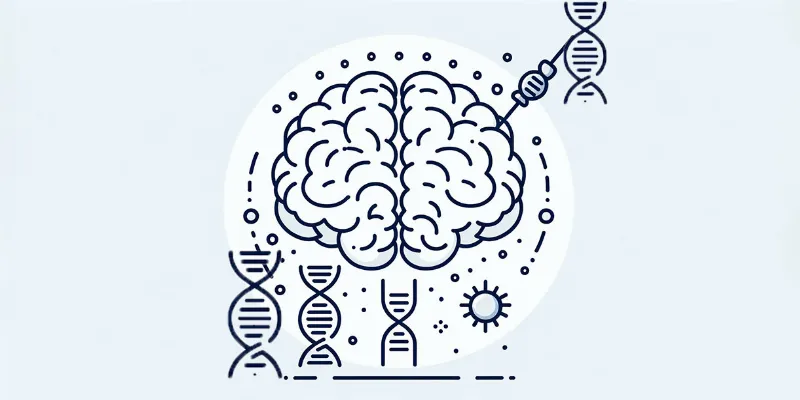
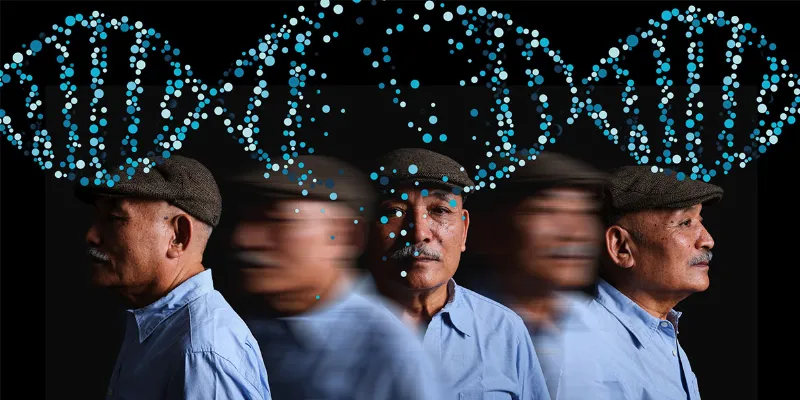

Comments
No Comments Yet!